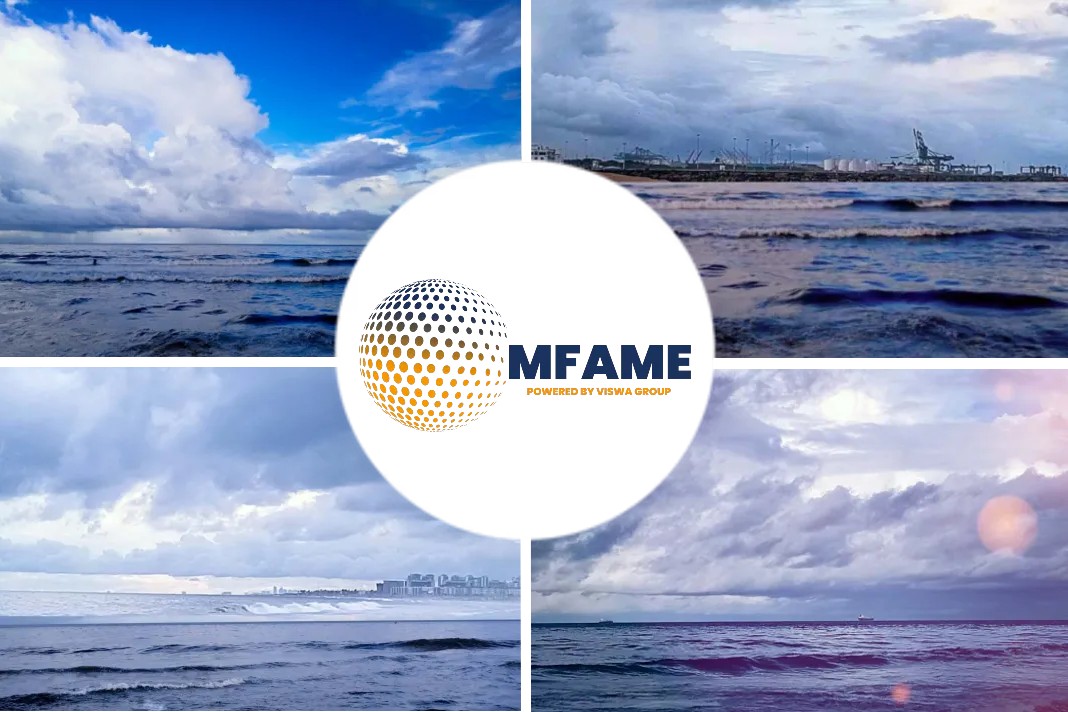An article in Hackaday discusses about the right way to automate the freight.
Lights-out shipping
Details of the plan being proffered by shipping company NYK Lines are slim so far, limited to a few press releases with little in the way of technical discussion. But from what we gather, something like 30 shipping companies have formed a consortium called DFFAS, for “Designing the Future of Full Autonomous Ships.”
Under the sponsorship of the Japanese government, they’ve built a Fleet Operation Center that will support the operation of crew-less cargo vessels. From the few photos released, the FOC certainly looks the business — sleek consoles, flatscreen monitors everywhere, subdued lighting, and seats for a few operators.
The operations center will provide support for vessels working the coastal trade routes up and down the Japanese archipelago, with a short test voyage scheduled for February of next year. The 236-nm run will take the MV Suzaku, an 85-m long container cargo vessel, from Tokyo Bay down the coast to the port in the city of Ise.
There’s no word on how or if the ship has been retrofitted for the voyage, but chances are good that since she was built in 2019, she likely had all the latest navigational, communications, and computer gear installed.
In it for the short haul
Route selection for these tests also reveals a lot about the economic problems autonomous shipping is intended to solve. A large container ship may spend weeks on a voyage, over which time a lot can go wrong mechanically. Crews on these vessels are constantly performing repairs on equipment, and when there’s nothing to fix, there are always preventive maintenance tasks to work on.
The deck crews of these vessels are always busy, too. Ocean-going container ships are especially labor-intensive; the constant vibration and motion of the ship require that crews check the lashings of containers regularly, to make sure none work themselves loose in transit.
In-shore shipping, though, seems like it might be a riper target for automation. Most of the tasks that automation would be bad at — performing maintenance on the ship, checking cargo — are less of a factor on voyages that have many legs with more frequent port calls. Automating the other stuff — navigation, steering the ship, and perhaps even shoreside operations — seems like it would have a bigger impact here.
Automation and Demographics
There also appears to be a social engineering aspect to the selection of in-shore shipping for NYK’s automation tests. Like other developed countries, Japan is facing a demographic crunch in a lot of industries, especially transportation, where the workforce is trending older overall.
There are probably a lot of reasons for this trend, but it may be that in-shore shipping tends to attract older, more experienced workers, who might not want to take contracts that will result in months at sea away from their families. Mariner vlogs seem to support that; most of the crew members on the long-haul vessels tend to be on the young side.
So it would seem that in-shore rather than transoceanic shipping would present the biggest bang for the buck to shipping lines. But will it work? That remains to be seen, of course, but Japan appears to be placing a big bet on it. The timeline of the DFFAS project extends out to 2040, and lists a goal of 50% of domestic vessels being fully automated by that point.
Between here and there, the consortium aims to have 10% of the domestic fleet automated by 2030, and even has a bullet point for extending some of the core technologies to oceangoing vessels within just a few years.
Setting goals like these are what drives innovation, and we applaud the effort. And in-shore, domestic shipping seems like the logical place to start, and may well bear fruit in the near future.
But it seems a bit of a reach to completely replace the crews of larger oceangoing vessels, what with so many tasks that are best performed by skilled human hands. We suspect it’ll be a while before we see lights-out vessels plying these routes.
It’s Free! Click here to Subscribe!
Source: Hackaday























Did you subscribe to our daily newsletter?